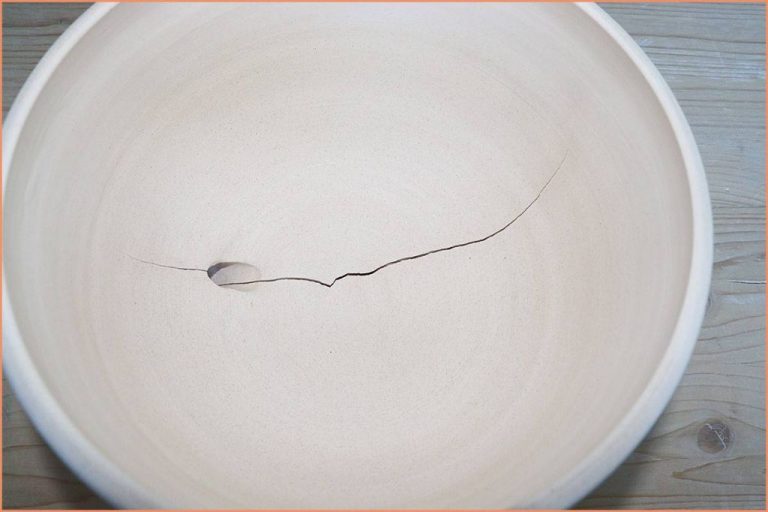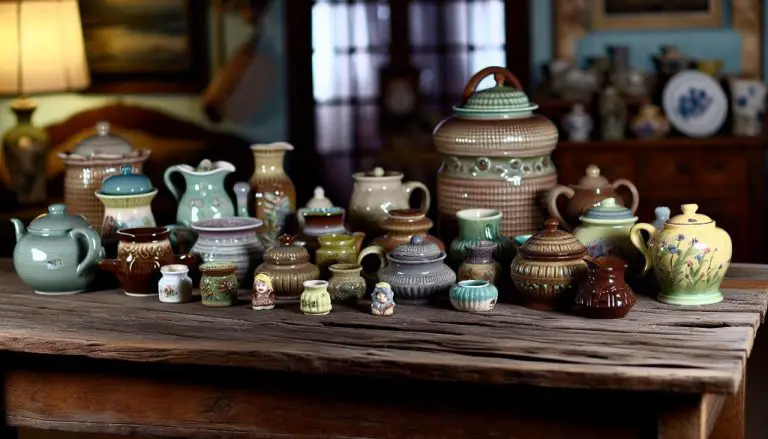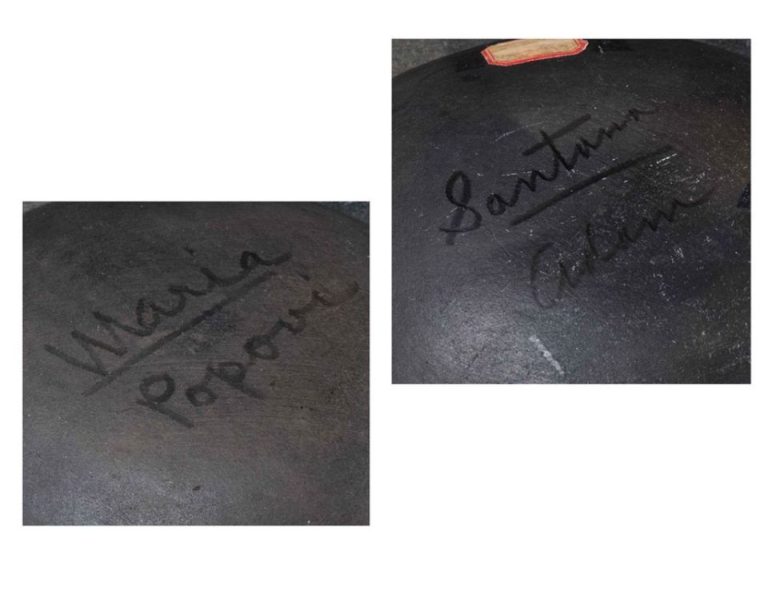What Can You Use Clay?
Clay is a natural material that has been used by humans for thousands of years. It is composed mainly of fine-grained minerals such as illite, kaolinite, and smectite. When mixed with water, clay becomes plastic and moldable, allowing it to be shaped into a variety of forms. Once it is fired or dried, clay hardens and retains its shape.
Due to its abundance, versatility, and workability, clay has numerous uses that touch many areas of daily life. Some of the most common uses of clay include pottery, sculpture, construction materials, cosmetics, medicine, filtration, and agriculture. In this article, we will provide an overview of the many ways that this remarkable material can be utilized.
Pottery
Pottery is one of the oldest uses of clay, with artifacts dating back over 20,000 years. Clay’s plasticity when wet and durability when fired make it ideal for shaping into vessels, tiles, figurines, and other objects. The earliest pottery was made from natural clays dug from the ground and modeled into shape by hand. As civilizations developed specialized knowledge, pottery techniques became more advanced.
The history of pottery intertwines with the history of human civilization. In ancient times, pottery often had ceremonial purposes or was used to store and transport food and goods. Styles and techniques reflected the culture, values, and innovations of each society. Major pottery centers emerged in China, the Mediterranean, Mesoamerica, and other regions.
There are several types of clays used for pottery, chosen for their different characteristics when fired. Earthenware clays contain iron and other minerals that make them more porous. Stoneware clays are less porous and can hold liquids without leaking. Porcelain clays are very pure, resulting in a translucent, glass-like finish when fired at high temperatures.
Pottery techniques evolved from basic hand-shaping methods to more complex processes like throwing on a wheel, slip casting in molds, and precision glazing. Some distinctive techniques include terra sigillata, raku firing, and crystalline glazing. Contemporary potters combine historic methods with innovative new approaches to continue advancing the art form.
Sculpture
Clay has been used for sculptural purposes since prehistoric times. Some of the earliest known clay sculptures date back over 20,000 years to the Paleolithic era. Clay is an ideal medium for sculpture because of its malleability, affordability, and accessibility. Clay can be easily shaped by hand or with simple tools to create both figurative and abstract forms.
There are several types of modeling clay used for sculpture, including earthenware, stoneware, and porcelain. Earthenware clays have lower firing temperatures, while stoneware and porcelain clays are fired at higher temperatures to make them more durable and water resistant. Polymer clay is also popular for sculpture because it can be hardened by baking rather than firing.
Some common techniques used in clay sculpture include:
- Handbuilding – shaping clay by pinching, coiling, slab construction
- Wheel throwing – using a potter’s wheel to shape and form the clay
- Carving – removing clay from a solid mass using tools
- Mold making – creating forms using molds
- Additive/subtractive methods – adding or removing clay to achieve the desired form
From intricate porcelain figurines to monumental public works, clay remains one of the most versatile and enduring mediums for sculpture. Famous clay sculptors include Auguste Rodin, Camille Claudel, and George Ohr.
Uses of Clay in Construction and Architecture
Clay has been used in construction and architecture for thousands of years. From ancient times to modern innovations, clay remains an important and versatile building material.
One of the earliest uses of clay in construction was for sun-dried bricks, also known as adobe or mudbricks. Ancient civilizations in the Middle East, Africa, and Asia used these simple clay bricks to build structures. Adobe bricks are environmentally friendly and provide good insulation, but they can deteriorate with exposure to water.
More advanced fired clay bricks were developed by ancient Romans and used extensively in Roman architecture. Vitrified or ceramic bricks are durable and water-resistant. Different clay mixtures result in bricks of varying hardness, density, and compressive strength.
Clay-based plasters were also utilized by ancient cultures. Clay plaster is applied to walls as a smoothing and protective coating. When combined with sand, straw, or other materials, clay plaster is an effective natural building material.
In modern times, clay remains an important ingredient in many concretes, mortars, and cement mixtures. Clay is added to improve the workability, strength, and durability of concrete. Structural clay bricks and tiles continue to be popular building materials around the world.
New forms of clay construction have also emerged, including rammed earth walls which compress moistened clay soil into structural walls and monolithic adobe, made from clay-rich soil mixed with water and compacted into forms. With today’s innovations in clay chemistry and engineering, the potential uses for clay in construction continue to expand.
Medicinal Uses of Clay
Clay has been used for medicinal purposes since ancient times. Prehistoric peoples are believed to have used clay for healing wounds and soothing pain from insect bites. Records show the first documented medical uses of clay date back to ancient Mesopotamia circa 2500 BC. The people of ancient Egypt, Greece, Rome, and many other early civilizations also used medicinal clays.
Clay has traditionally been used both internally and externally for medicinal purposes. When taken internally in a liquid form called argile, the clay is believed to help treat digestive issues such as diarrhea and upset stomach. When applied topically, clay can help clean wounds, soothe skin irritations, and reduce pain and swelling.
Today, clays such as bentonite and kaolin are key ingredients in some over-the-counter medicines for diarrhea and upset stomach. They work by absorbing toxins and excess water. Some clays are also used in anti-bacterial ointments, anti-itch creams, and anti-inflammatory lotions. Additional medicinal and cosmetic uses for clay include acne treatment, teeth whitening, and as an ingredient in some mud bath and spa treatments.
Researchers continue to study the properties of clays to better understand their potential health benefits. Possible areas of medicinal use being explored include treating skin infections, stimulating the immune system, and removing heavy metals from the body. While more evidence is still needed, the traditional and current medicinal uses of clay illustrate that this versatile material has long been valued for its healing powers.
Using Clay in Cosmetics
Clay has been used in cosmetics and skincare for centuries. In ancient Egypt, Greece, and Rome, clay was mixed with essential oils and botanicals to create cosmetic treatments. The use of clay for beauty purposes continued through the Middle Ages in Europe. Today, clay remains a popular ingredient in many skincare and cosmetic products.
Clays have absorbent, soothing, and purifying properties that make them well-suited for skincare. Different clays offer different benefits depending on their mineral composition. Some of the most common clays used are bentonite, French green, and kaolin clays. Bentonite clay is able to absorb oils, toxins, and impurities from the skin while French green clay has a gentle exfoliating effect. Kaolin clay is a gentle cleanser that does not over-dry the skin.
Clay masks are one of the most popular uses of clay in modern cosmetics. Applying a clay mask allows the nutrients and minerals in the clay to penetrate the skin while the clay dries and absorbs sebum, dirt, and other impurities from the pores. Clay masks improve skin tone and texture, minimize the appearance of pores, and leave skin feeling clean and refreshed. Many clay masks also contain other ingredients like herbs, oils, or fruit extracts to enhance the benefits.
In addition to masks, clay is found in other skincare preparations like cleansers, scrubs, and spot treatments. It adds a purifying effect to cleansers, gently exfoliates in scrubs, and helps dry out blemishes in spot treatments. No matter what form it takes, clay remains a versatile and skin-nourishing cosmetic ingredient.
Industrial Uses
Clay has a wide variety of industrial applications due to its unique physical and chemical properties. Some of the main uses of clay in industry include:
Ceramic Proppants
Ceramic proppants made from clay are used in hydraulic fracturing to hold open cracks and fissures in underground rock formations. This allows oil and natural gas to flow out. Proppants must have high strength to withstand the pressure in the well.
Drilling Fluids
Bentonite clay is used extensively in drilling fluids for oil and gas wells. It helps lubricate and cool the drill bits and coat the walls of the wellbore. Bentonite also provides viscosity to suspend cuttings and weighting materials.
Foundry Sand
Clays like bentonite are used to form molds and cores for metal castings in foundries. The clay binds the sand particles together. Molten metal is poured into the molds to produce cast metal parts.
Iron Ore Pelletizing
Bentonite clay is used as a binder in the production of iron ore pellets. It helps iron ore fines stick together to form pellets when mixed with a binder and often with limestone. The pellets allow handling of the iron ore for steel making.
Wastewater Treatment
Clays can absorb pollutants like heavy metals from wastewater through an ion exchange process. Some clays like bentonite swell significantly, allowing pollutants to be captured within the clay structure. Activated clay is used in filters to treat industrial and municipal wastewater.
Agriculture
Clay has a variety of important uses in agriculture. Due to its ability to retain moisture and nutrients, mixing clay into soil can help prevent erosion and improve drainage. Clay particles bind to nutrients like calcium, potassium, and magnesium, storing them in the soil and slowly releasing them to plant roots.
Adding clay also increases the cation exchange capacity of sandy soils. This refers to the soil’s ability to hold positively charged molecules and prevents nutrients from being leached away by rain and irrigation. Kaolin clay and montmorillonite clay are commonly added to transform sandy soil into productive loam soil.
Spraying a fine clay powder onto plants can deter insect pests. The dust clogs insects’ breathing pores and drives them away. Spreading clay granules around gardens creates a barrier to burrowing pests. Due to its pest control properties, clay is an important integrated pest management tool for organic farming.
Clay helps limit contamination in soil. Clay particles readily adsorb heavy metals like cadmium, arsenic, and lead, preventing their uptake by plants. This remediation capacity allows contaminated sites to be reclaimed for agriculture. Overall, clay enables farmers to grow more productive, nutrient-rich and pest-free crops.
Cleaning and Filtration
Clay has been used for cleaning and filtration purposes for centuries. When fired at high temperatures, clay becomes porous and absorbs odors, grease, and other impurities. This makes clay an excellent material for cat litter, as it absorbs urine and feces while eliminating odors.
Clays such as bentonite and fuller’s earth are especially useful for cleaning applications. Both types of clay are able to absorb large amounts of water and impurities. Bentonite clay is commonly used in kitty litter, oil absorbents, and facial masks that draw out toxins from the skin. Fuller’s earth has industrial applications and can filter and remove impurities from oils, greases, and other hydrocarbons.
Clay is also a vital component of water filtration. Ceramic water filters made from clay effectively trap bacteria and protozoa from contaminated water. The microscopic pores in the clay filter out harmful microorganisms, producing safer drinking water. Clay filters are inexpensive, portable, and provide an efficient means of filtering water in developing countries.
The natural absorbent and filtering properties of certain clays make them indispensible for cleaning applications. From cat litter to facial masks to water filters, clay’s ability to absorb odors, oils, and contaminants while filtering water has made it a go-to material for purification purposes throughout history.
Conclusion
Clay is an incredibly versatile material that has served humankind for thousands of years. From creating beautiful works of art, to building shelters and houses, to cleansing our bodies, clay has played an integral role across numerous aspects of civilization.
The myriad uses of clay highlight its importance as a natural resource. As a material that can be readily molded into different forms, durable after firing, and available across most regions of the world, clay has contributed tremendously to the development of human culture and technology.
Moving forward, clay will likely continue serving us in both traditional and innovative new ways. As our creativity evolves, we may discover fresh applications for this abundant and dynamic material. However, it’s worth remembering that the simple clay arts practiced by our ancestors sparked many of the uses we benefit from today.




